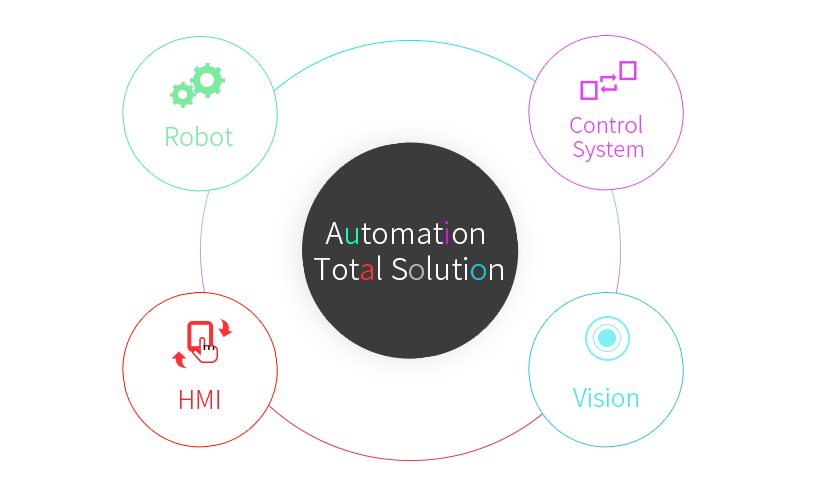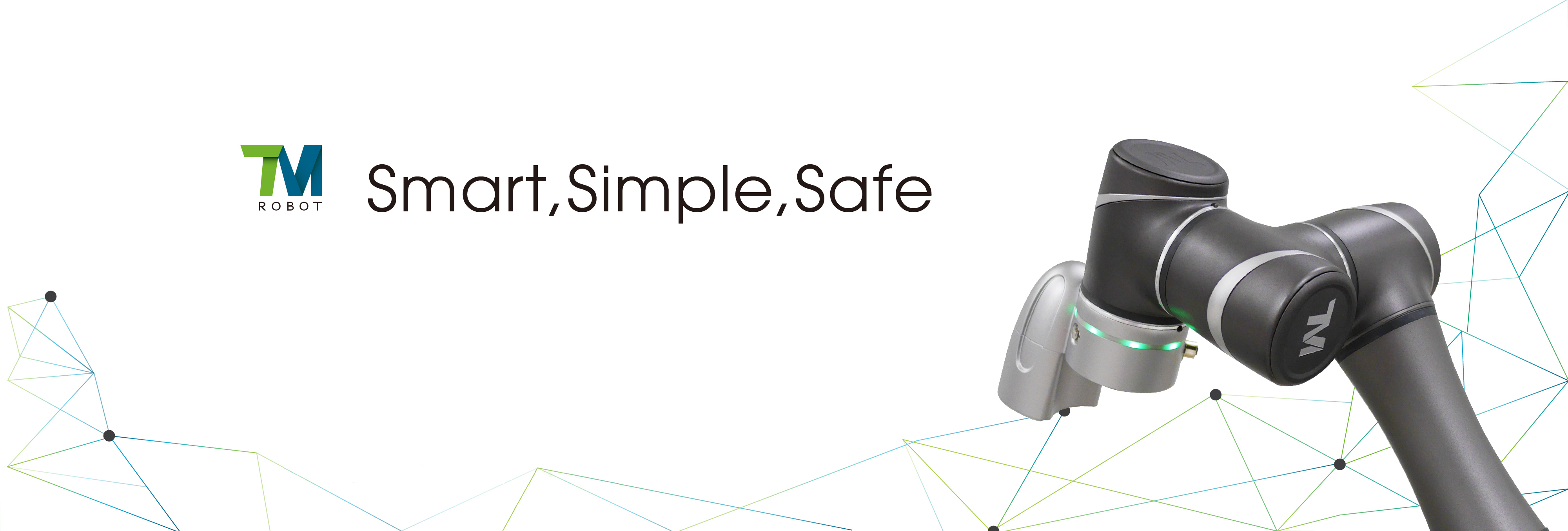Intelligent Automation System
Offers You Automated Solutions
with High Versatility
Nowadays, the automated services target is a fast-changing demand market that requires large scale mass production. Product demands require innovations, changes and diversity of brands and product types. Conventional automation is no longer capable of handling the demands as most processes are still reliant on manual labor. When product diversity increases to include consumer preferences, inventory costs are also increased, hence cell production will become the solution for product diversity and low inventory. The development of the smart technologies will become an integral factor in cell production automation.
Faced with the automation needs of the industry, Quanta proposes total automation, new models, and in-depth analysis of demands for new features, and integration of motion control, vision, robotics, human-computer interaction and other core smart technologies, to provide domestic industries with comprehensive automation solutions.

Reduce Costs of System Integration
Current automation issues in the industry can divided into two categories, less volume with more diversity and rapid switch of mass production lines. Current automation technologies are unable to meet production demands. For example, the key to success for market products is "Design for Humanity", and the core value has exceeded that of "Design for Automation" or "Design for Mass Production". For manufacturers engaging in less volume with more diversity and rapid production line switch, an automation process will mean large investment costs of equipment and production line building. To solve the preceding problem, QSI smart system teams broke free from conventional automation concepts and believed that through versatile designs in modules, machinery, systems and cells at different levels, the logic of the automation process can be achieved from an accumulative value software platform instead of a compilation of hardware. Through highly versatile hardware, smart functions are incorporated into the software core, reducing the costs of integration so that resources may be devoted to work that accumulates the value of the engineers.
